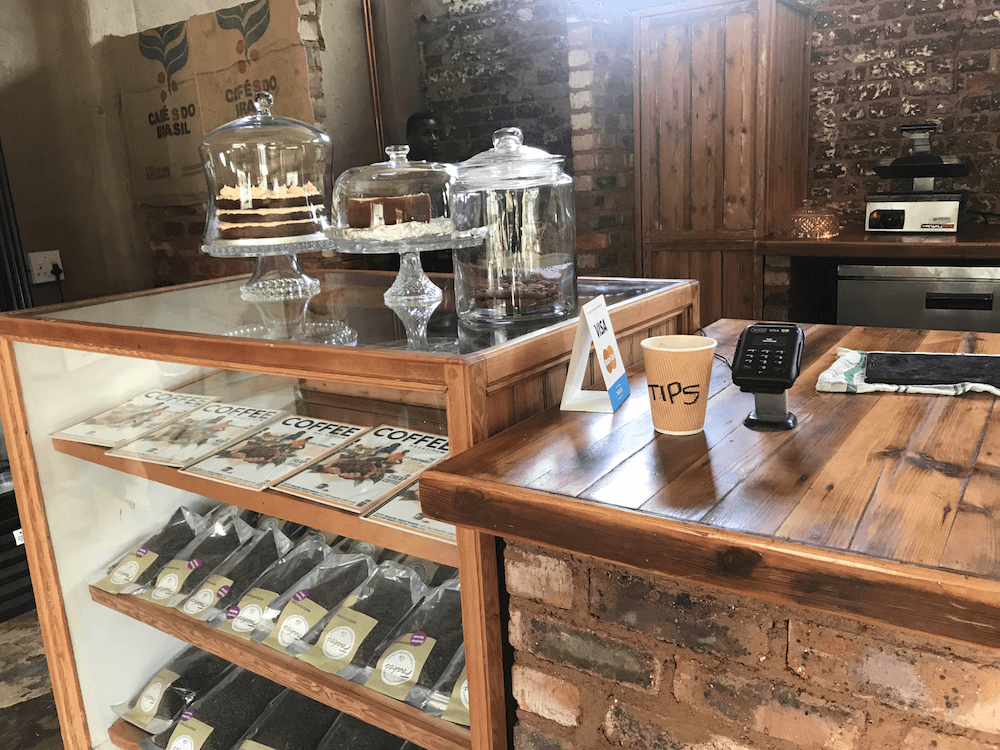72% of businesses using Yoco have to perform a stock take either weekly or monthly, so that they can place the right orders with their suppliers.

Building a stock tracking tool
We started studying how these complex stock management systems worked and decided to create our own one, that’s better catered to your growing business. A simple tool that:
- Allows you to manually add/remove stock.
- Deducts stock when it gets sold.
- Sends alerts when stock runs low.
- Gives you an overview of the stock levels for each of your products.
Omeros, from The Olive Branch Deli, wanted to wait before committing to a third-party system so that they could have everything integrated under one platform, and now they have it. They will be able to enable stock tracking for all 25 000 products so that their point of sale can do the hard work and let them focus on growing their business.
How stock tracking can help your business
If you keep the bulk of your stock on your business premises, you are part of an 88% majority of businesses with Yoco. When your business is still small, you may be able to plan what stock you need simply by looking at your shelves or using your gut feeling. But as your business grows, it can become more and more difficult to make sure you are ordering the right things at the right time.
72% of businesses have to perform a stock take either weekly or monthly, so that they can place the right orders with their suppliers. This can be very time consuming and possibly expensive if you need to hire staff to help you. By adding your products to your point of sale system and enabling tracking, you can have a clear picture of what is on your shelves, anytime, anywhere you are.
Sign up to Yoco today and start using our free point of sale system.


